PPT-Teaching the Art of Narrative Writing
Author : tawny-fly | Published Date : 2017-03-18
Year levels 3 4 5 amp 6 Ziptales Webinar Number 3 The Importance of Narrative Stories are central to peoples lives Children love narrative We need to
Presentation Embed Code
Download Presentation
Download Presentation The PPT/PDF document "Teaching the Art of Narrative Writing" is the property of its rightful owner. Permission is granted to download and print the materials on this website for personal, non-commercial use only, and to display it on your personal computer provided you do not modify the materials and that you retain all copyright notices contained in the materials. By downloading content from our website, you accept the terms of this agreement.
Teaching the Art of Narrative Writing: Transcript
Download Rules Of Document
"Teaching the Art of Narrative Writing"The content belongs to its owner. You may download and print it for personal use, without modification, and keep all copyright notices. By downloading, you agree to these terms.
Related Documents

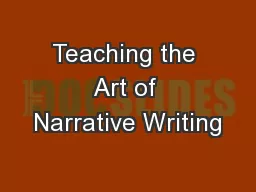
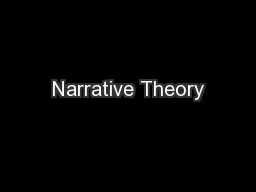
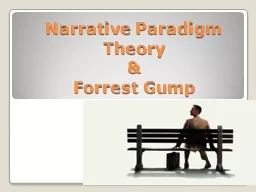

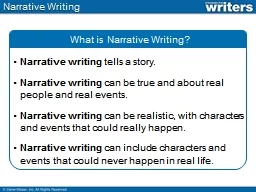
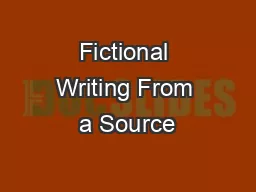
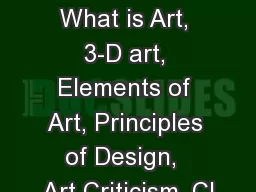
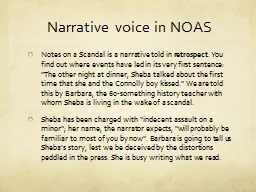
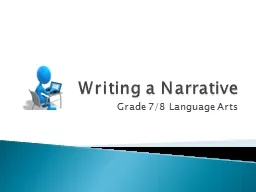
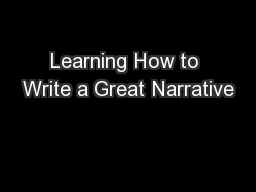
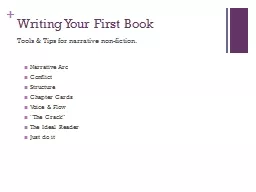
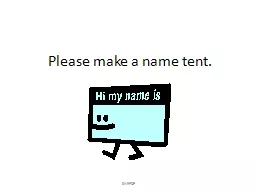
![[DOWNLOAD] - Art Is Fundamental: Teaching the Elements and Principles of Art in Elementary](https://thumbs.docslides.com/900992/download-art-is-fundamental-teaching-the-elements-and-principles-of-art-in-elementary-school.jpg)
![[EPUB] - The New Art and Science of Teaching (More Than Fifty New Instructional Strategies](https://thumbs.docslides.com/901790/epub-the-new-art-and-science-of-teaching-more-than-fifty-new-instructional-strategies-for-academic-success-the-new-art-and-s.jpg)